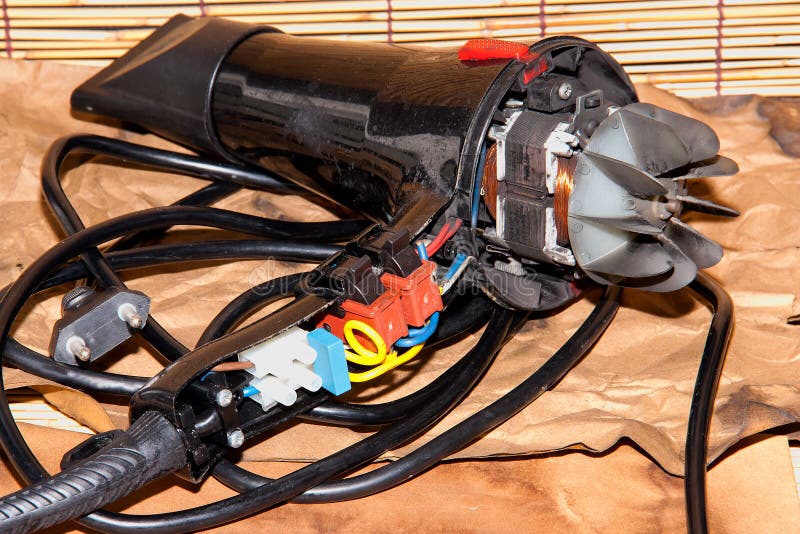Hair Dryer Wiring Diagram For Your Needs.
Failing to take the proper precautions or to use the right tools can put you and your family in danger. Common dangers include electrocution and possible electrical open fire.
Hair Dryer Wiring Diagram

MUST-KNOW TIPS FOR DO IT YOURSELF ELECTRICAL WIRING PLUS CHANGING
1. Have the right tools handy
Like any other DO IT YOURSELF job, you want to be sure you have the right tools to do the job. They could include a multimeter, a non-contact voltage metal detector (tests the heat of wire without touching it) and a blend sheath and wire male stripper. Being equipped with the right tools will help you be prepared for anything throughout the electrical switch wiring process.
2. Understand your wires
When connecting electrical cabling to an outlet, it is important to not confuse your wire connections or force them in the wrong terminal. The white cable is the neutral wire and adopts the neutral terminal, which is marked by silver/light-colored screws. The black line, on the other hand, is the hot wire and goes into the hot terminal, the one opposite the neutral terminal. If there’s a surface wire, it will be a copper mineral wire held in place by a mess on the same side as the natural terminal.
Knowing the distinction between the wires will allow you to wire your home properly and avoid the high voltage of swapping the neutral and hot.
3. Three-inch principle
It’s always better to have too much wire than not enough. There are wire extensions available if you ending up cutting them short, but the wiring will work better if it is intact.
Because a rule of thumb, you’ll want to have cabling that is very long to extend 3 inches outside of the electrical box.
4. Hide gaps in drywall with oversized plates
Whenever you’re installing electric switches, it’s quite easy to slice a hole in the drywall that is actually big. Luckily, there are oversized plates available at hardware stores that you can use to cover your switches.
They are typically in dimensions up to 3/4 inch wider and longer than regular switch plates. The majority of people won’t be able to tell the variation, unless they’re professional electricians or many other DIYers.
5. Top quality switches and outlets are worth it
Whilst it might be tempting to scrimp on some materials as a DIYer, electrical switches and outlets aren’t one of them. They tend to be only slightly more expensive, but in addition last extended. A good way to tell a quality switch or outlet is by the reputation of a back-wire feature.
6. Test the voltage
Be sure to test the voltage of wires and brake lines before touching them. Testing electric components with tools such as a wire sniffer or a multimeter will tell you if they are safe to touch or if an electrical current is flowing through them. Electrical work can be considered a dangerous job, especially when you are unsure by what you’re doing. Always test before touching.
7. Do proper research
In today’s age group of the internet, you can learn how to do almost anything online. For that reason, there’s no justification to refrain from giving your research before installing electrical wiring and changing in your home.
Searching for tutorials about how to wire a light switch is a great way to learn more about how precisely to accomplish. On YouTube there are a great number of lessons on DIY Power Wiring, from electricians and home development pros available that literally demonstrate how it’s done.
8. Get an education and learning
As great as internet learning is, it does have its limitations, and it’s no replace for a industry school program. Learning how to do electrical work in an educational setting is the best way to ensure you understand what you are doing in home DIY electrical wiring.
